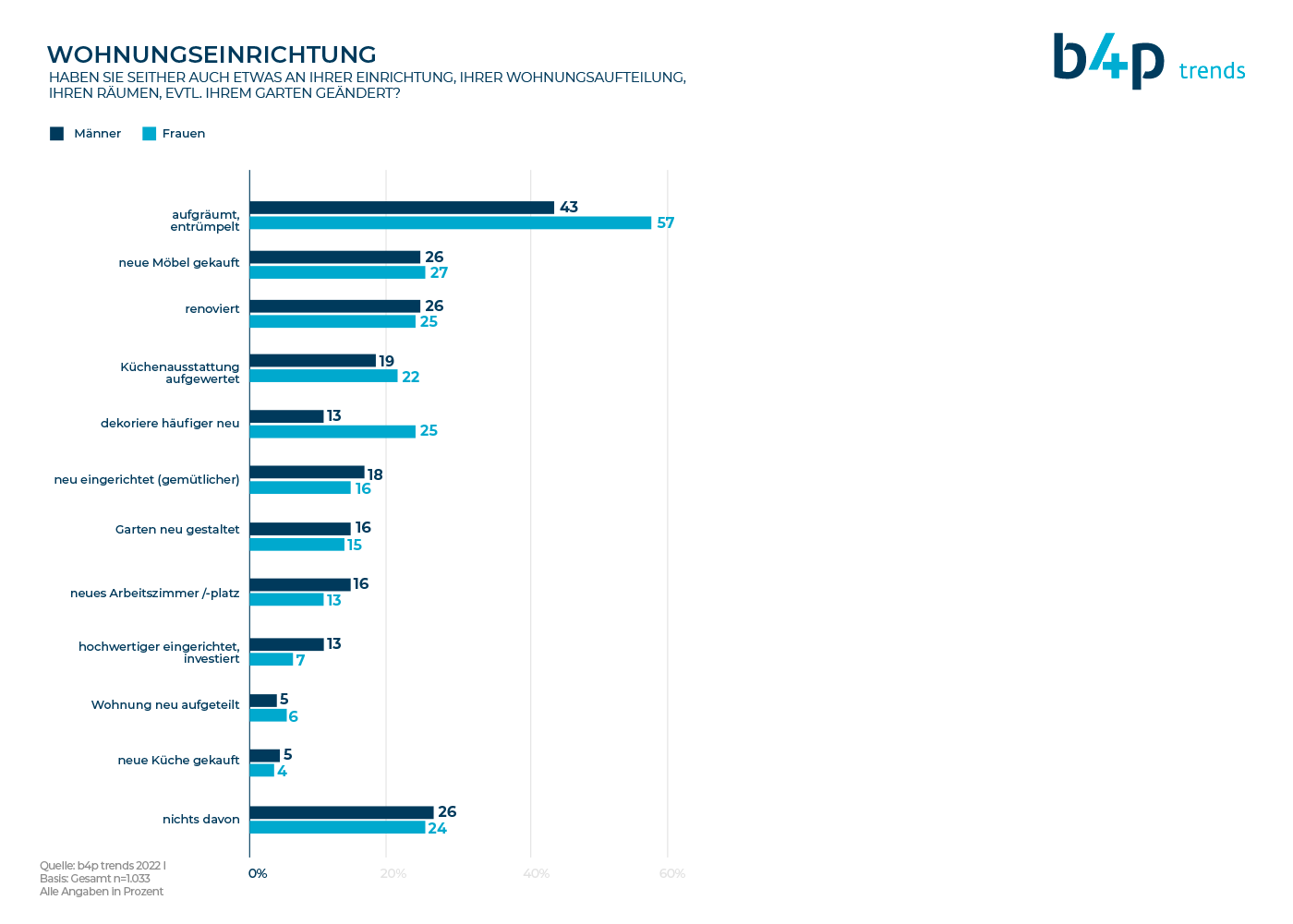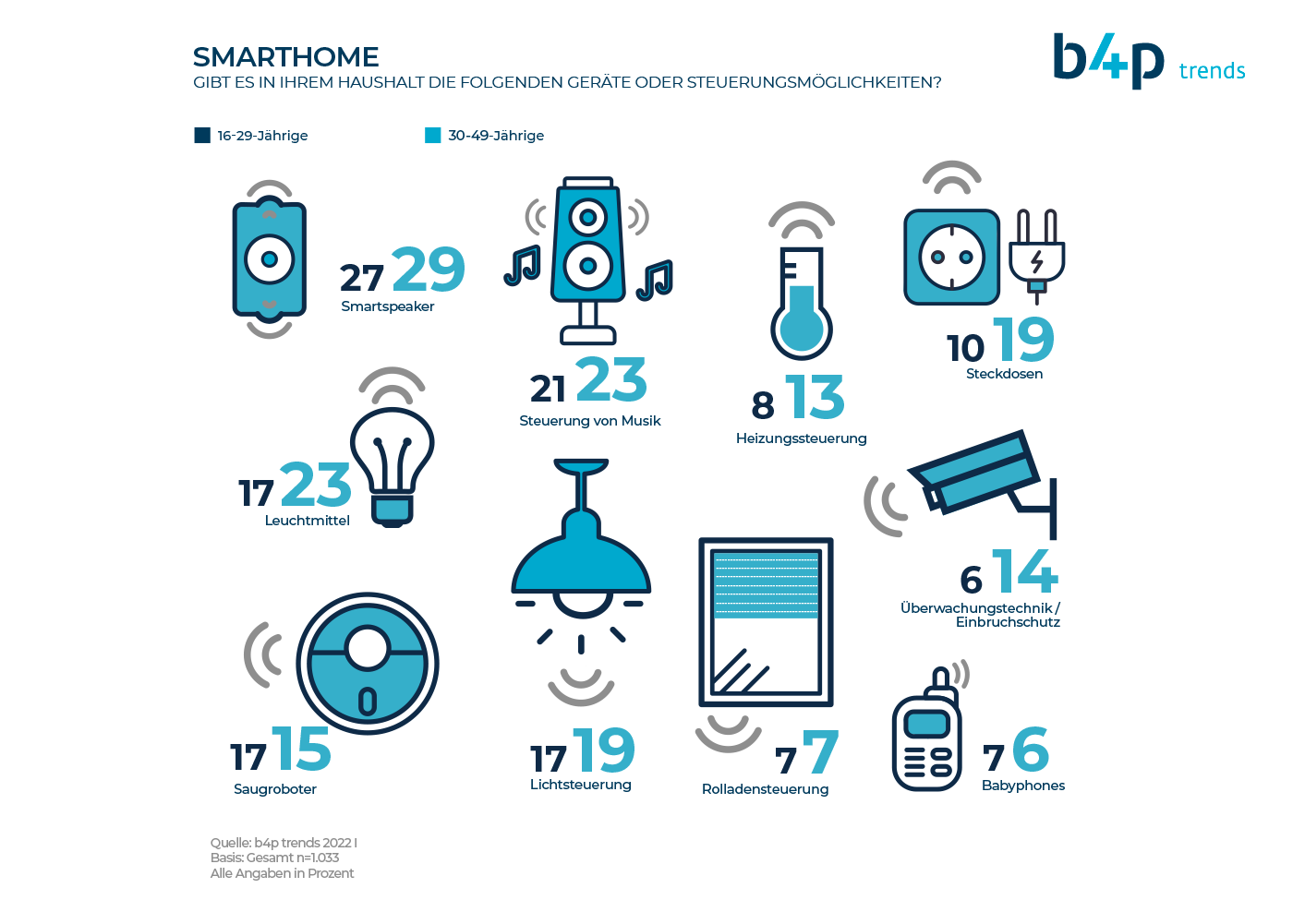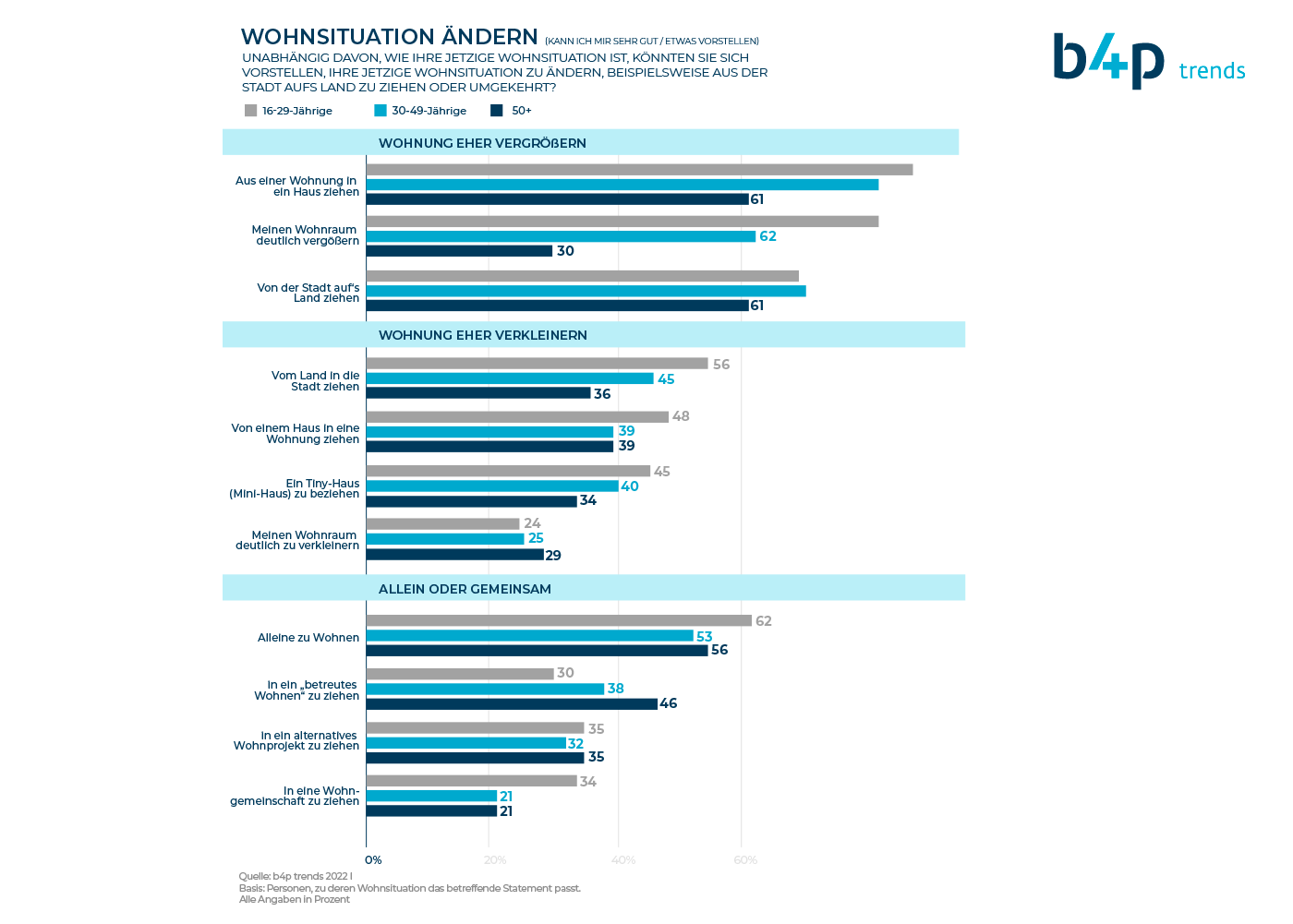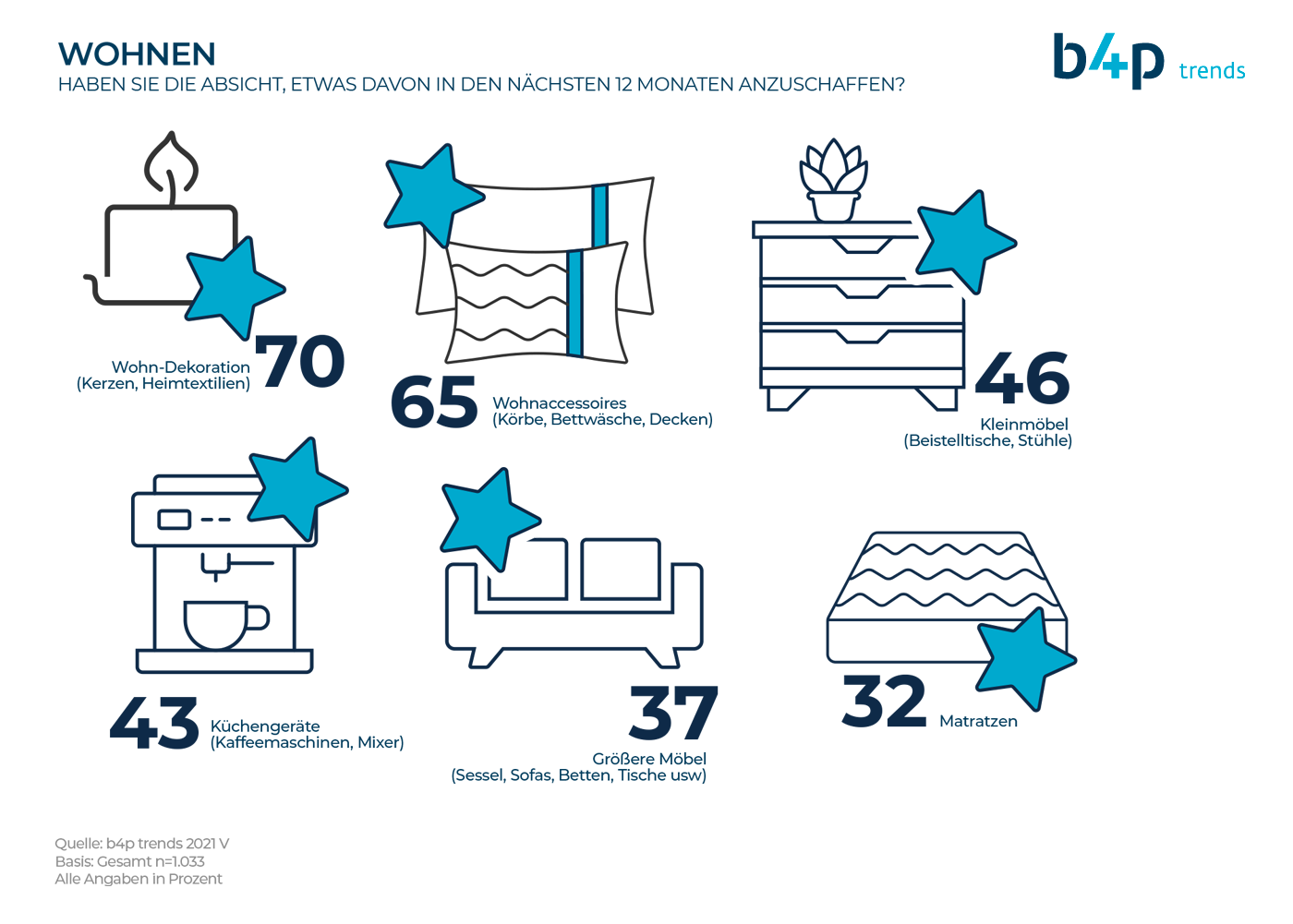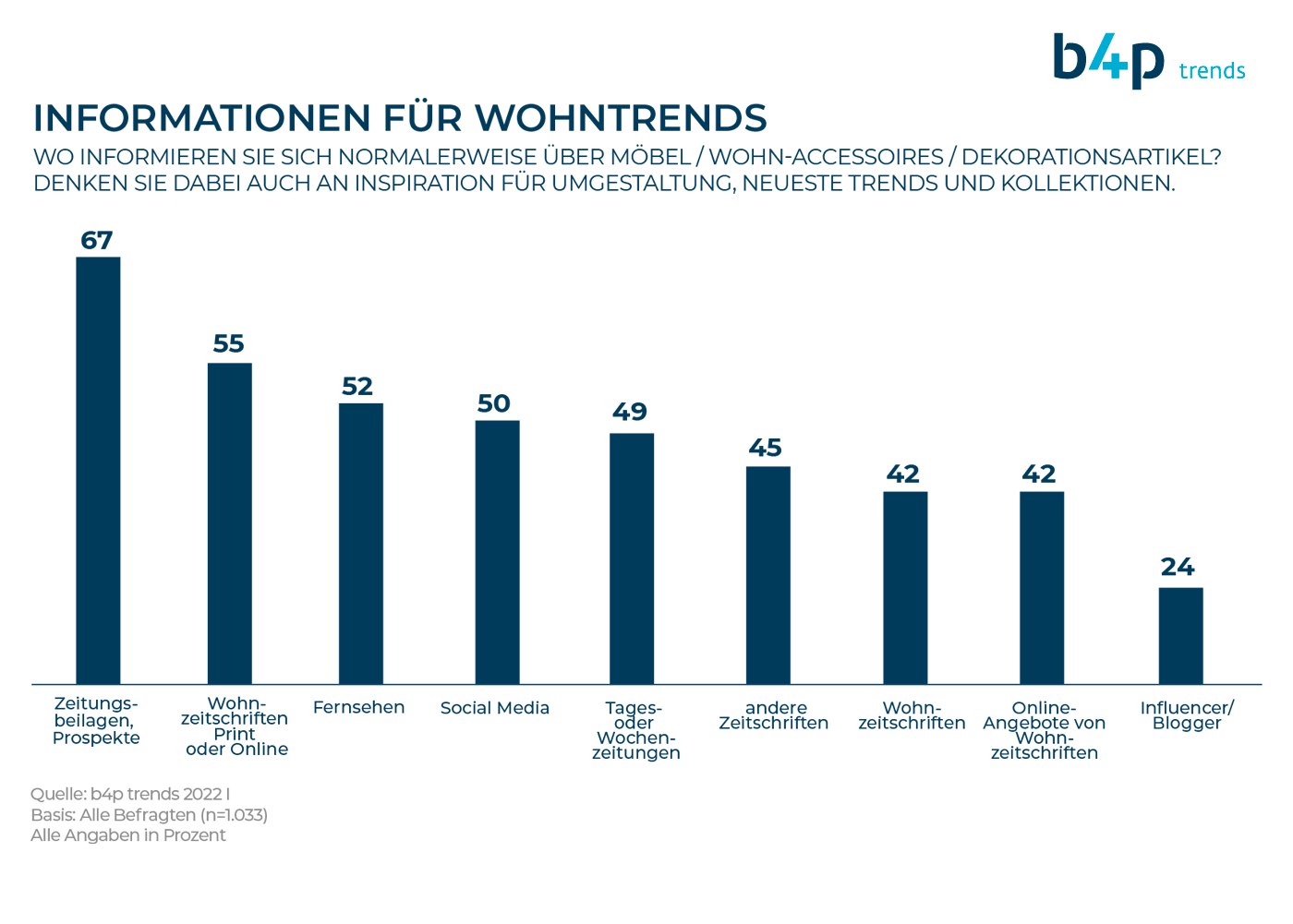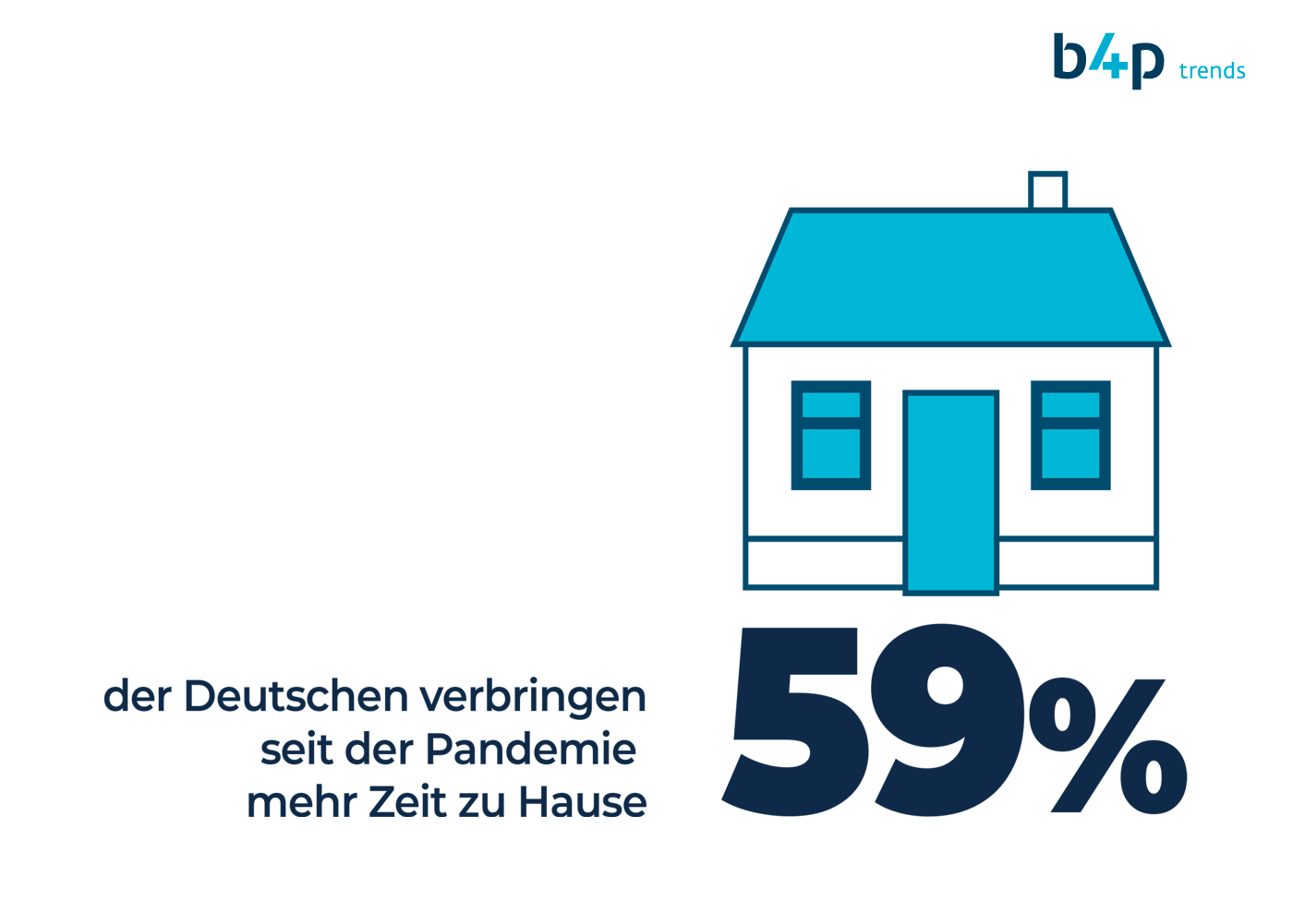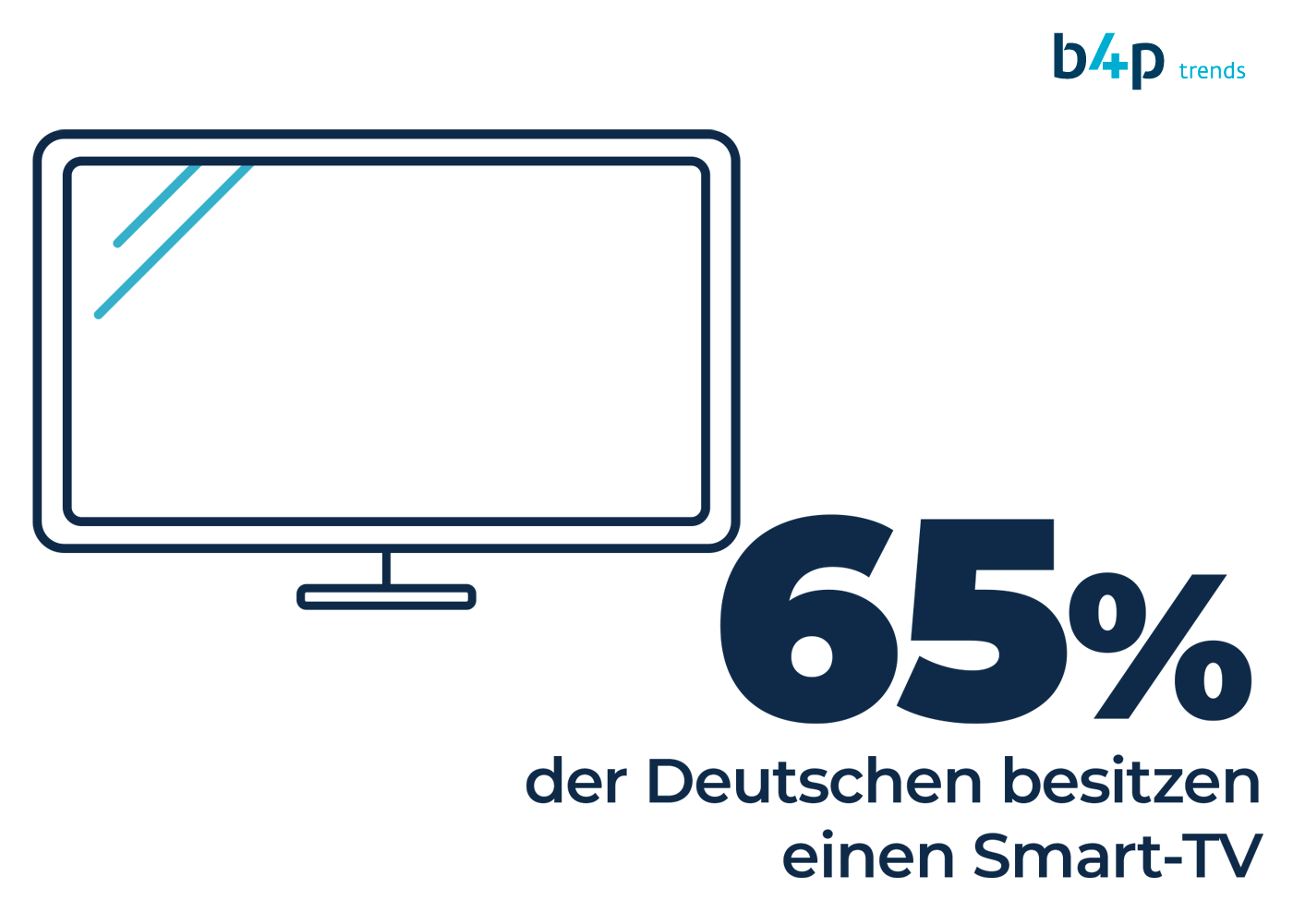
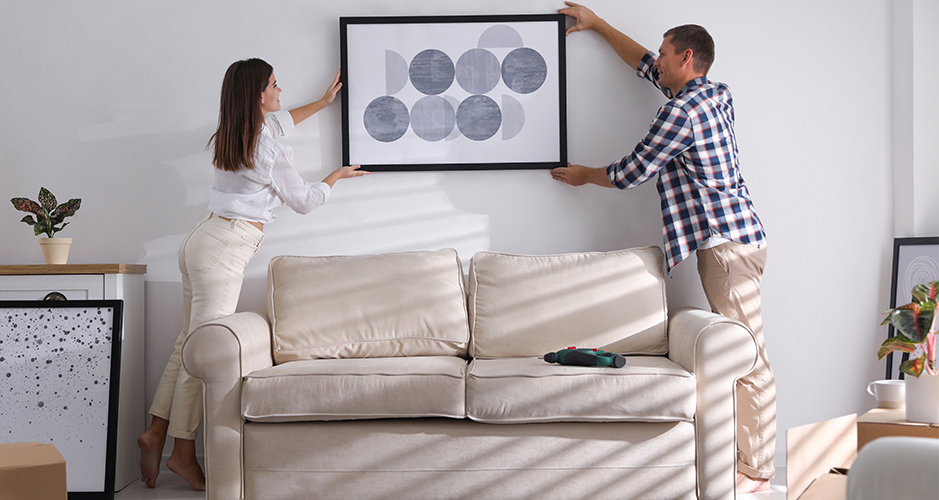
For Germans, the topic of living and their homes goes far beyond only revolving around furnishings and interior design – almost three quarters of them see their home as a reflection of their personality. This is just one of the insights from the new b4p trend report on ‘Wohnen und New Living’ (Homes and new living) carried out by the Gesellschaft für integrierte Kommunikationsforschung (Society for Integrated Research and Communication, or GIK). The researchers shed light on the various aspects of home and living and answer the question ‘how do Germans live?’ A survey of Burda readers also provides some insight into the topic of home and living.
Alternative housing concepts
The issue of sustainability is also causing to shift their priorities when it comes to their homes – at least in theory. There are two factors in play here: the consumption of space and how creating housing is displacing nature, and alternative housing concepts such as tiny houses or shared flats. Fifty-five per cent of Germans – more than half the population – are interested in these types of alternative approaches to housing. This figure even rises to 70 per cent among younger people, but the older generations are not completely dismissive of the topic, with 45 per cent them of them expressing interest.
The reality, however, is somewhat different. If you ask people what specific changes they could make to how they live, it becomes apparent that they are still quite conservative in terms of their preferences. Just under half of those surveyed can imagine moving out of a flat and into a house. The idea of moving from the city to the countryside is also relatively popular, with 38 per cent saying they could envisage doing it. When it comes to the size of people’s homes, it is clear what they want: something larger. Twenty-two per cent of people can easily imagine making their living space significantly larger, while only six per cent can imagine making it significantly smaller – and this is the same all target groups, with even those who already have the largest homes saying they do not want to downsize.
Digital upgrading your home
The pandemic has seen the ability for people to live and work at home become considerably more important, with almost 60 per cent of those surveyed saying they spend more time at home. This increase in importance also went hand in hand with smart home technologies driving digitalisation further. Forty-four per cent of Germans are interested in these new opportunities in principle, especially the younger generations (59 per cent). A look at the older generations, on the other hand, reveals that 65 per cent do not own a smart device at all. Gadgets with entertainment features such controlling music or lighting continue to be the most popular pieces of tech, followed by devices such as robot vacuums or heating controls.
Making your home into your new hobby
But technology is not the only thing people are investing in at home: a large number of those surveyed said that they are planning to buy something for their home in the next twelve months. In total, 55 per cent – rising to 72 per cent among younger people – say that they enjoy buying new furniture. Many of them also like furnishing their home in general, as well as doing interior design. This mostly comes in the form of simple things such buying new decorations and accessories, but they are also planning to acquire small pieces of furniture as well. Even so, one third of all those surveyed are planning to buy larger pieces of furniture.
And how do Burda readers want to live in the future?
Seventy-six per cent say that the pandemic has made it even more important for them to have a home they feel comfortable in than in the past*.
This is the result of a survey of 1,618 readers by Burda media, which was conducted by Burda’s internal market research unit Media Market Insights as part of the ‘Medienpanel by Burda’ (Media panel by Burda) led by Tanja Seiter (Director Media Research). But how do the readers want to live in the future? In a similar vein to the results from the b4p trend report, being close to nature is a key aspect for many readers, with 36 per cent saying they would like to live in a green area in the future. Almost half of those surveyed (44 per cent) consider having a fast Internet connection in their future home to be important, no matter where their new home may be located. The aspects of sustainability and social environment are also among the top ten characteristics for a new home for Burda readers: 37 per cent want to make sure the construction methods used are energy saving and 36 per cent value having a positive and close relationship with their neighbours.
*Source: Medienpanel by Burda, January 2022, based on: n=1,618
Burda readers see home ownership as a way to secure their personal future
Many Burda readers are interested in making their dreams of living in their own home or flat a reality, with 60 per cent seriously considering buying a house or a flat since the pandemic. Sixty-eight per cent see home ownership as a retirement provision or a fundamental investment in securing their personal future. Although 41 per cent say that home ownership has become a significantly more attractive prospect since the pandemic, the same number also see the difficulties with the current state of the market. Given the high property prices and the risk of a housing bubble forming, 41 per cent do not want to invest the costs needed to own a home.
